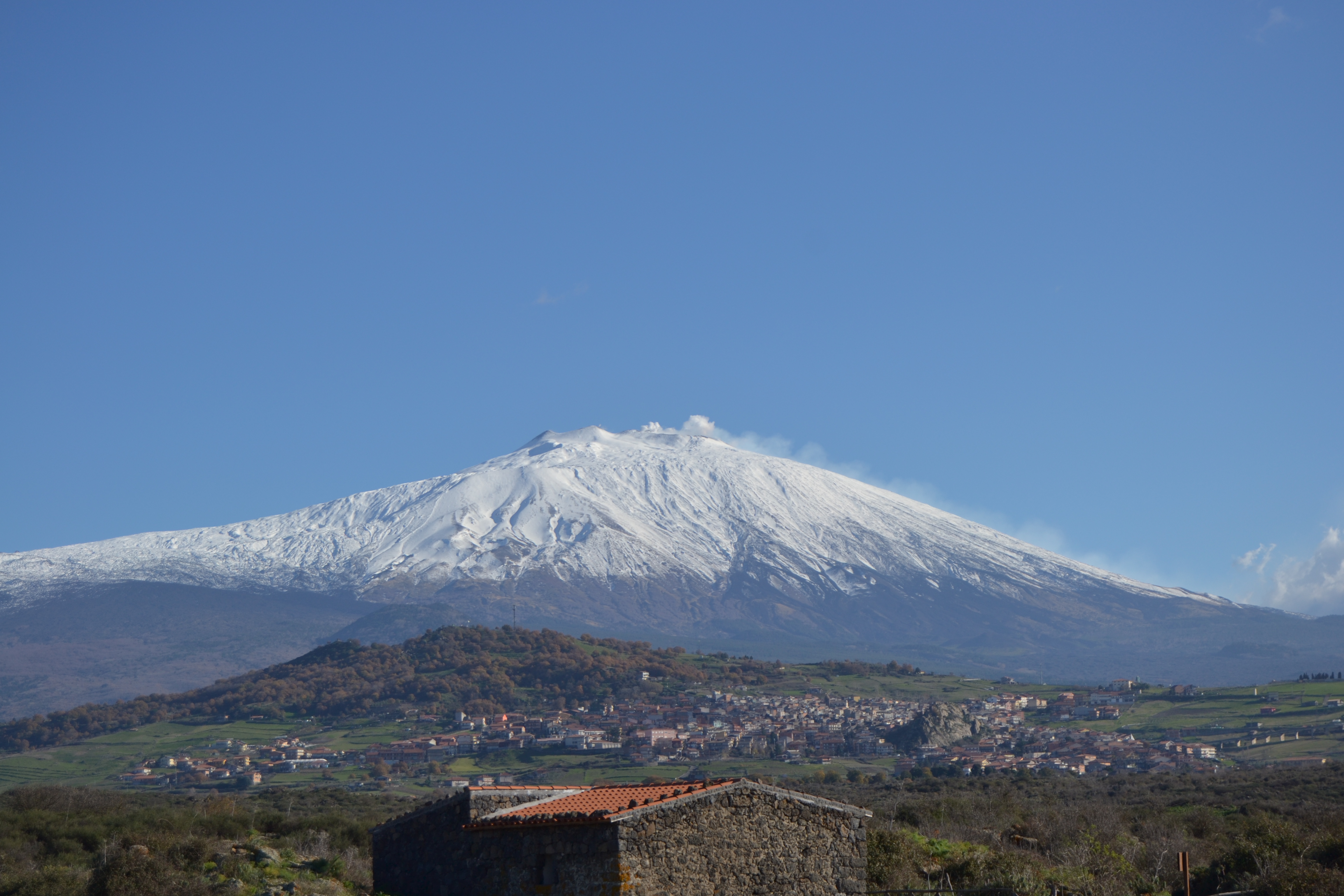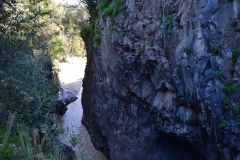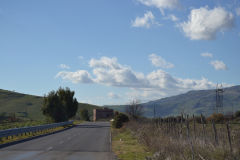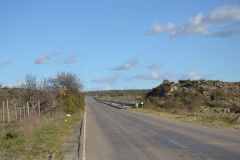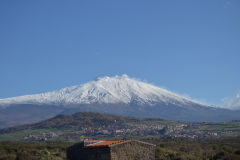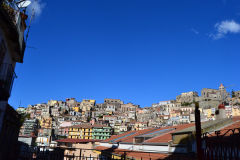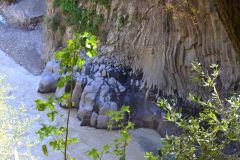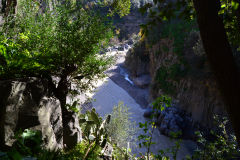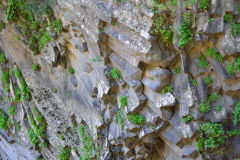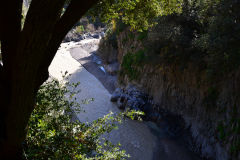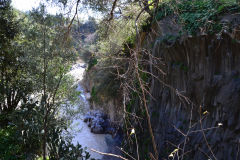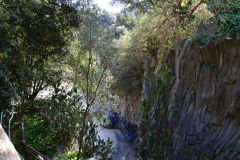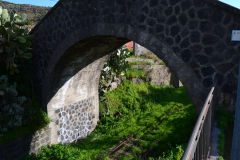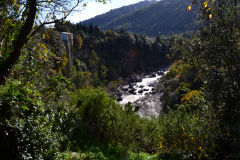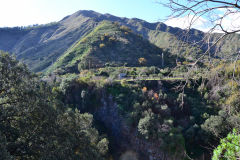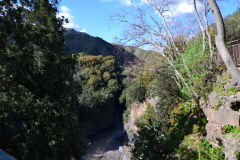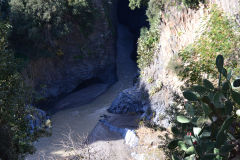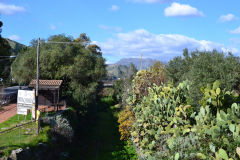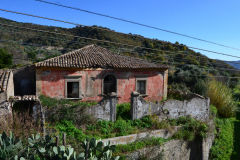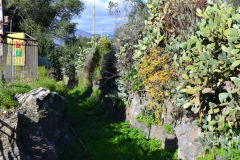Mount Etna, located on the east coast of the island of Sicily in Italy, is one of the world’s most active volcanoes. It has been continuously active for thousands of years and has erupted more than 200 times in the past 2,700 years.
Etna is a stratovolcano, which means that it is a tall, conical volcano built up of alternating layers of ash, lava, and volcanic rock. It stands at a height of approximately 10,922 feet (3,329 meters) above sea level, making it the tallest volcano in Europe.
Etna’s eruptions can be explosive or effusive, and they can range from small ash emissions to large, violent eruptions that can produce lava flows and pyroclastic flows. The volcano is also known for its frequent strombolian eruptions, which are characterized by short bursts of ash and lava.
In recent history, Etna has been relatively active, with frequent eruptions taking place every few years. In the 1990s, there were several particularly large eruptions, including one in 1992 that caused significant damage to nearby towns and villages.
Despite the potential danger posed by Etna’s eruptions, the volcano is also an important tourist destination. Visitors can hike to the summit or take a cable car to see the volcano up close. There are also several observatories and visitor centers located near the volcano that provide information about Etna’s geology and history.
Etna is also of great scientific interest, with many studies and research projects being conducted on the volcano. This includes monitoring the volcano’s activity and studying the geology and geochemistry of the volcano.
Mount Etna is one of the most active volcanoes in the world and a unique natural wonder. Its eruptions can be destructive but also spectacular, and it is a popular tourist destination, as well as a site of scientific research.

